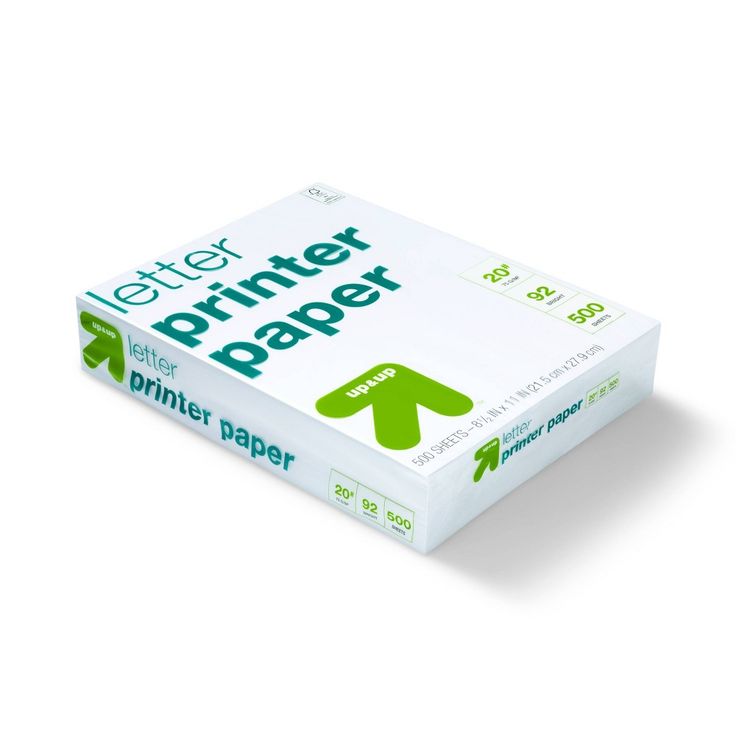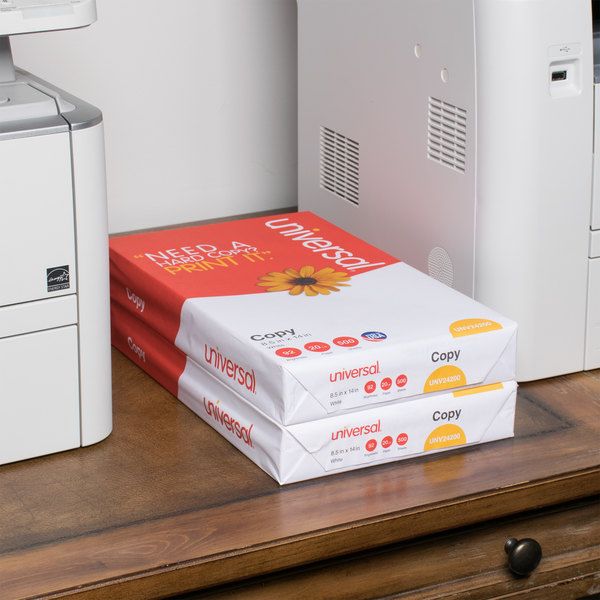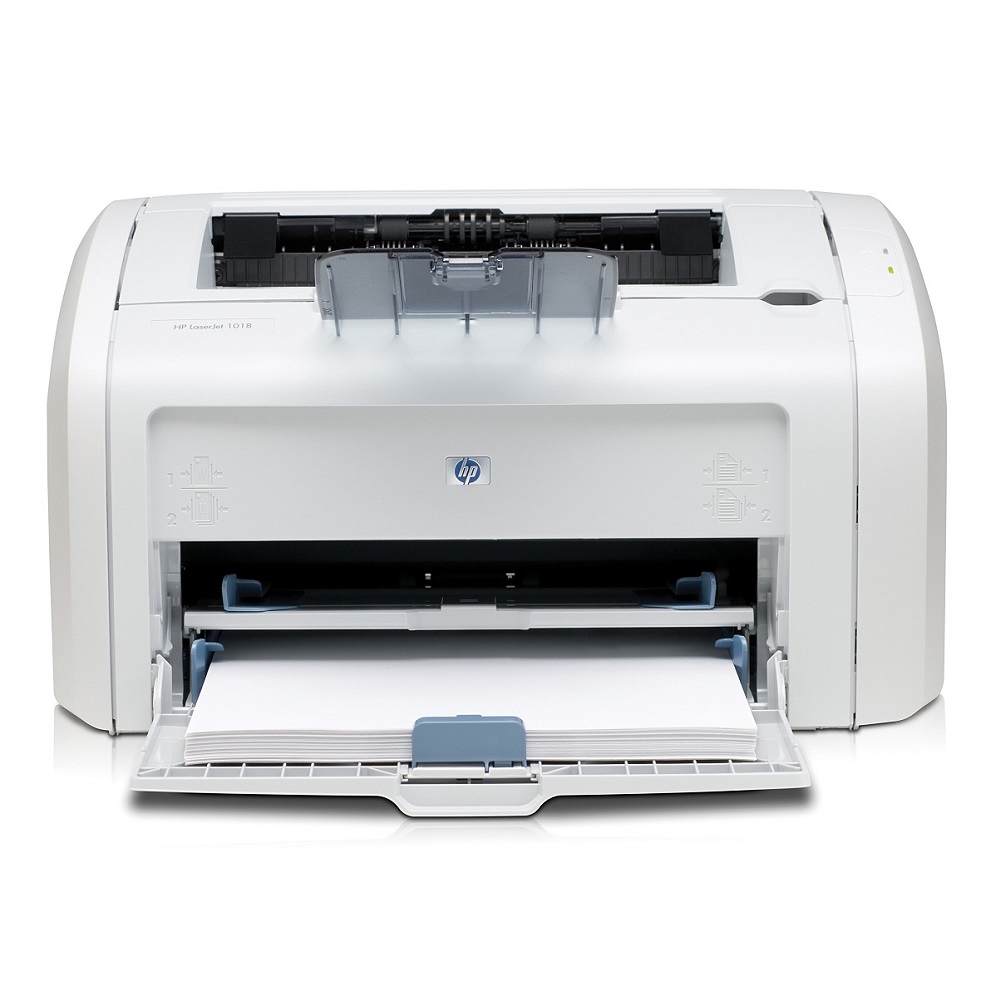Printing costs are a critical consideration for businesses and consumers alike. While many factors contribute to overall expenses, the size of the printer paper you use can have a significant impact. Analyzing the size of normal printer paper can lead to more informed choices and better management of printing resources. In this article, we will explore how different paper sizes affect printing costs, efficiency, and environmental implications.
Understanding Standard Paper Sizes
The dimensions of standard printer paper significantly dictate usage scenarios. Most common sizes for normal printer paper are A4 (210 x 297 mm) and Letter (8.5 x 11 inches). Both A4 and Letter sizes are widely recognized around the globe. However, preferences vary depending on regional practices and business requirements.
Functionality plays a central role in choosing the right paper size. A4 is prevalent in Europe and many parts of Asia, while Letter size dominates the American market. Knowing the differences can help businesses and individuals anticipate printing requirements more effectively. Matching paper size to type of document can also create a seamless interaction for recipients.
Paper dimensions can directly affect how many documents fit on a single page, impacting both ink and paper costs. By understanding standard sizes, you can calculate printing expenses more accurately and choose more economical alternatives when suitable.

The Cost Implications of Paper Size
Understanding the relationship between paper size and printing costs is vital. Each size has specific characteristics that can impact material and operational costs. Larger paper sizes often consume more ink, contributing to higher overall printing expenses. For instance, printing on larger paper may lead to more ink usage for filling in large areas, resulting in inflated costs.
Additionally, larger paper may require special settings or adjustments on printers, which can add to operational complexities. Some printers may even charge more for larger paper sizes, leading to escalated costs for businesses. On the other hand, smaller formats can be more cost-effective, as fewer resources are needed for production.
Moreover, consider how paper usage translates into employee productivity. Employees may need to take additional steps to manage larger printed documents, such as folding or cutting them down. Increased time spent can lead to inefficiencies, further creating hidden costs in labor. Therefore, selecting the most appropriate paper size can lead to significant savings, both in material and labor costs.
Printer Compatibility and Its Role in Cost Efficiency
Not every printer handles every paper size equally, which can lead to unanticipated costs. Most modern printers offer versatility, handling various sizes effectively. However, older models may have restrictions. If an organization invests in larger paper sizes but uses an older printer, it may experience issues or additional costs due to the equipment’s limitations.
Organizations should regularly assess and upgrade their printers to accommodate diverse paper sizes effectively. Investing in a compatible printer that can manage paper sizes efficiently is critical for minimizing waste and maximizing productivity. The right technology reduces downtime due to misprints or jammed paper—factors that can increase printing costs.
Additionally, different printers have varying efficiencies based on the size of the paper used. Some printers operate optimally with specific dimensions. Continuous monitoring and optimizing printing processes can help organizations ensure they select the ideal paper size for cost efficiency.

Analyzing Ink Consumption Based on Paper Size
Ink costs constitute a major portion of printing expenses, and paper size can influence this significantly. Larger paper sizes often lead to greater ink consumption. This is especially relevant in graphics-heavy documents, like marketing materials or brochures. More ink is generally required to fill larger areas, escalating the total cost.
Smaller paper formats require less ink, allowing for possible savings. When printing standard text documents, these savings can accumulate to a noticeable amount over time. Additionally, choosing to print in black-and-white mode on smaller paper can lead to even further cost reductions, making this approach particularly advantageous for everyday printing needs.
It’s also essential to consider the quality of the inks used. Lower-quality ink may consume differently based on the paper size due to absorption rates. High-quality ink might perform better on larger papers, yielding more vibrant results. Conversely, lesser-quality options could lead to suboptimal results, necessitating reprints and compounding costs. Understanding how different inks interact with various sizes can further optimize printing costs.
Environmental Considerations of Paper Size in Printing
Environmental impact is becoming increasingly relevant to businesses and individuals alike. Printer paper size plays a significant role in determining the environmental footprint of printing processes. Larger paper sizes produce more waste, particularly when large documents are printed but only use certain sections. As more people begin to prioritize sustainability, adopting smaller paper formats can be a pathway to greener practices.
When companies switch to smaller paper sizes whenever feasible, they can optimize their printing resources. This leads to not only lower costs but a reduced environmental footprint. Companies that adopt ethical printing practices often earn consumer trust, leading to increased customer loyalty.
Additionally, choosing recyclable and eco-friendly paper sizes further contributes to sustainable operations. Businesses that minimize waste while prioritizing sustainability often witness a positive brand image. It aligns with both consumer preferences and broader ecological responsibilities, promoting a balanced approach to modern printing challenges.

The Role of Document Formatting in Printing Costs
In addition to just the paper size itself, document formatting plays a significant role. A well-formatted document can make optimum use of available space. The clever layout can reduce the number of pages required for printing, resulting in lower costs. This is a valuable strategy, particularly for businesses producing large quantities of printed materials.
Understanding how to format documents can often make the difference between using a single page or multiple pages. A well-structured layout can be particularly important for multi-page reports or marketing brochures. Fewer pages lead to lower overall costs by minimizing both paper and ink consumption.
Effective layout strategies may include reducing font sizes, adjusting margins, or re-organizing content. Utilizing duplex printing options—printing on both sides of the paper—can yield additional savings and still maintain the document’s quality and readability. Informing employees about document formatting best practices can lead to significant long-term savings in printing costs.
Bulk Paper Purchases and Their Cost Benefits
One way to reduce printing costs is by purchasing printer paper in bulk. Buying paper in larger quantities often provides discounts that can lead to substantial savings. Organizations that anticipate consistent printing needs, such as marketing agencies or educational institutions, will benefit from bulk purchases.
However, prior to making bulk purchases, it is crucial to evaluate the required paper sizes. Misjudging the demand for specific sizes can lead to financial waste if the paper cannot be utilized effectively. Making informed decisions based on forecasting needs and assessing usage patterns is essential.
The benefits of bulk purchasing extend beyond costs. Committing to bulk purchases can also streamline the supply chain. This minimizes the frequency of ordering paper and enables other resources to focus on different essential business requirements. However, organizations must regularly assess their paper use to avoid overspending on unused materials.
Innovations in Printing Technology and Their Impact on Costs
Over recent years, the printing industry has undergone significant changes. Emerging technologies have been reducing the costs associated with different paper sizes. Innovations in eco-friendly inks are designed to yield better results on various paper sizes, reducing overall ink expenditures.
Moreover, advancements in print software can optimize layout and formatting, maximizing efficiency and minimizing waste. Integrating sophisticated software solutions helps identify issues and discrepancies before printing begins. Such technologies have created new opportunities for organizations to reduce costs and improve quality.
These innovations bring advances in printer hardware as well. Newer models provide features to automatically detect and adapt to different paper sizes, preventing misprints and saving time and money. By investing in the latest technologies, businesses can maintain a competitive edge while also lowering costs.
Calculating Long-Term Savings Through Optimal Paper Sizing
Ultimately, assessing the impact of paper sizes on printing costs is about long-term savings. Organizations should take the necessary time to analyze their requirements and implement strategies that suit their operational needs. This process begins with evaluating current paper usage patterns, costs, and printer capabilities.
Conducting regular audits can reveal inefficiencies in paper usage, enabling informed adjustments. Benchmarking against established standards can also provide insights into best practices. With a thorough understanding of paper sizes and their implications, companies can create a comprehensive plan to optimize costs while ensuring quality and efficiency.
Any adjustments made today can result in significant savings tomorrow. As printing technology continues to evolve, organizations should remain adaptable and proactive in their strategies. Developing an informed approach to paper sizing today will pay dividends in the long run, paving the way for sustainable success and profitability.
In conclusion, understanding how the size of normal printer paper impacts printing costs is crucial for businesses and individuals alike. This knowledge enables informed decision-making, paving the way for cost-efficient and environmentally responsible practices. By adhering to these principles, you can achieve not only significant savings but also improve overall printing effectiveness.